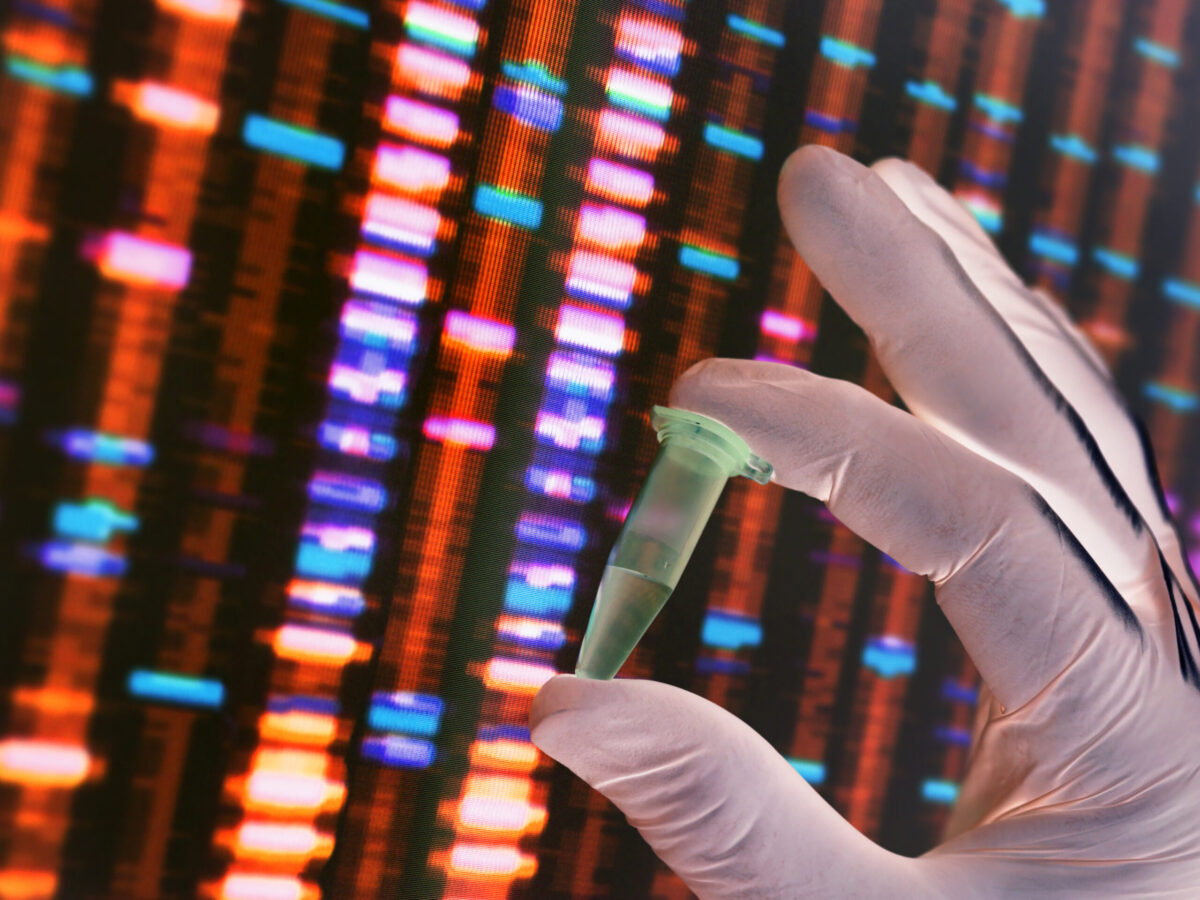Update (September 17, 2018): Olsen and his team at UT Southwestern Medical Center have stopped the progression of Duchenne muscular dystrophy in dogs using the CRISPR gene editing technique. This is the first time this technique has been successfully used in a large mammal, and the researchers published their findings in the journal Science.
Originally published on April 17, 2018:
For the second time, a team of researchers at UT Southwestern Medical Center have corrected mutations associated with Duchenne muscular dystrophy using CRISPR gene editing. While the researchers previously used the original CRISPR-Cas9 system, they have now used a new enzyme, CRISPR-Cpf1, to change the defect in both mouse and human cells.
“We took patient-derived cells that had the most common mutation responsible for Duchenne muscular dystrophy and we corrected them in vitro to restore production of the missing dystrophin protein in the cells. This work provides us with a promising new tool in the CRISPR toolbox,” said senior study author, Dr. Eric Olson, Chairman of Molecular Biology, Co-Director of the UT Southwestern Wellstone Muscular Dystrophy Cooperative Research Center, and Director of the Hamon Center for Regenerative Science and Medicine. The researchers published their findings in the journal, Science Advances.
The CRISPR-Cpf1 tool has a number of advantages over the original CRISPR-Cas9 gene editing system. Importantly, the Cpf1 enzyme is smaller than Cas9, which allows it to more easily fit inside of a viral vector which can deliver the enzyme to muscle cells. Cpf1 also recognizes a different sequence, giving researchers options when it comes to gene editing.
“There will be some genes that may be difficult to edit with Cas9 but may be easier to modify with Cpf1, or vice versa,” said Olson. “The two proteins have different biochemical properties and recognize different DNA sequences, so these properties create more options for gene-editing.”
Mutations in the dystrophin gene – one of the longest genes ever identified – cause Duchenne muscular dystrophy. Dystrophin proteins provide a supportive role for muscle fiber, and its absence causes a number of characteristic symptoms, including progressive muscle weakness and eventually loss of muscle function.
“By either skipping a mutation region or precisely repairing a mutation in the gene,” said co-author Dr. Rhonda Bassel-Duby, Professor of Molecular Biology and Associate Director of the Hamon Center for Regenerative Science and Medicine, “CRISPR-Cpf1-mediated genome editing not only corrects Duchenne muscular dystrophy mutations but also improves muscle contractility and strength.”
Because of concerns surrounding so-called “off-target” effects of CRISPR gene editing, the researchers must find a way to ensure that the technique is focused and controlled. “CRISPR-Cpf1 gene-editing can be applied to a vast number of mutations in the dystrophin gene. Our goal is to permanently correct the underlying genetic causes of this terrible disease, and this research brings us closer to realizing that end,” said Olsen.
According to the Centers for Disease Control and Prevention (CDC), Duchenne muscular dystrophy occurs with a frequency of one in every 5,000 boys. The FDA recently approved two drugs, Sarepta Therapeutics’ Exondys 51 and Marathon Pharmaceuticals’ Emflaza, to treat Duchenne muscular dystrophy.












Join or login to leave a comment
JOIN LOGIN